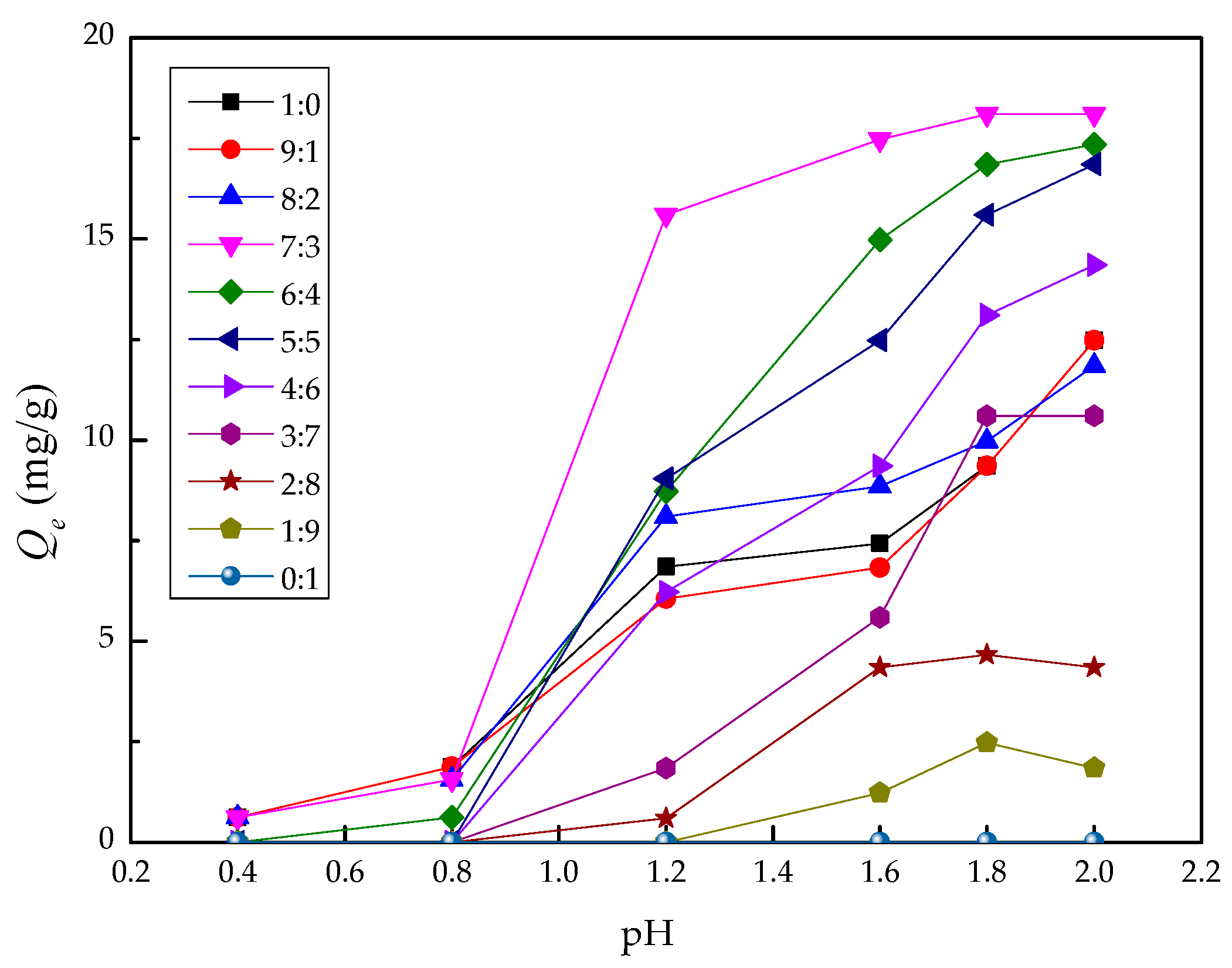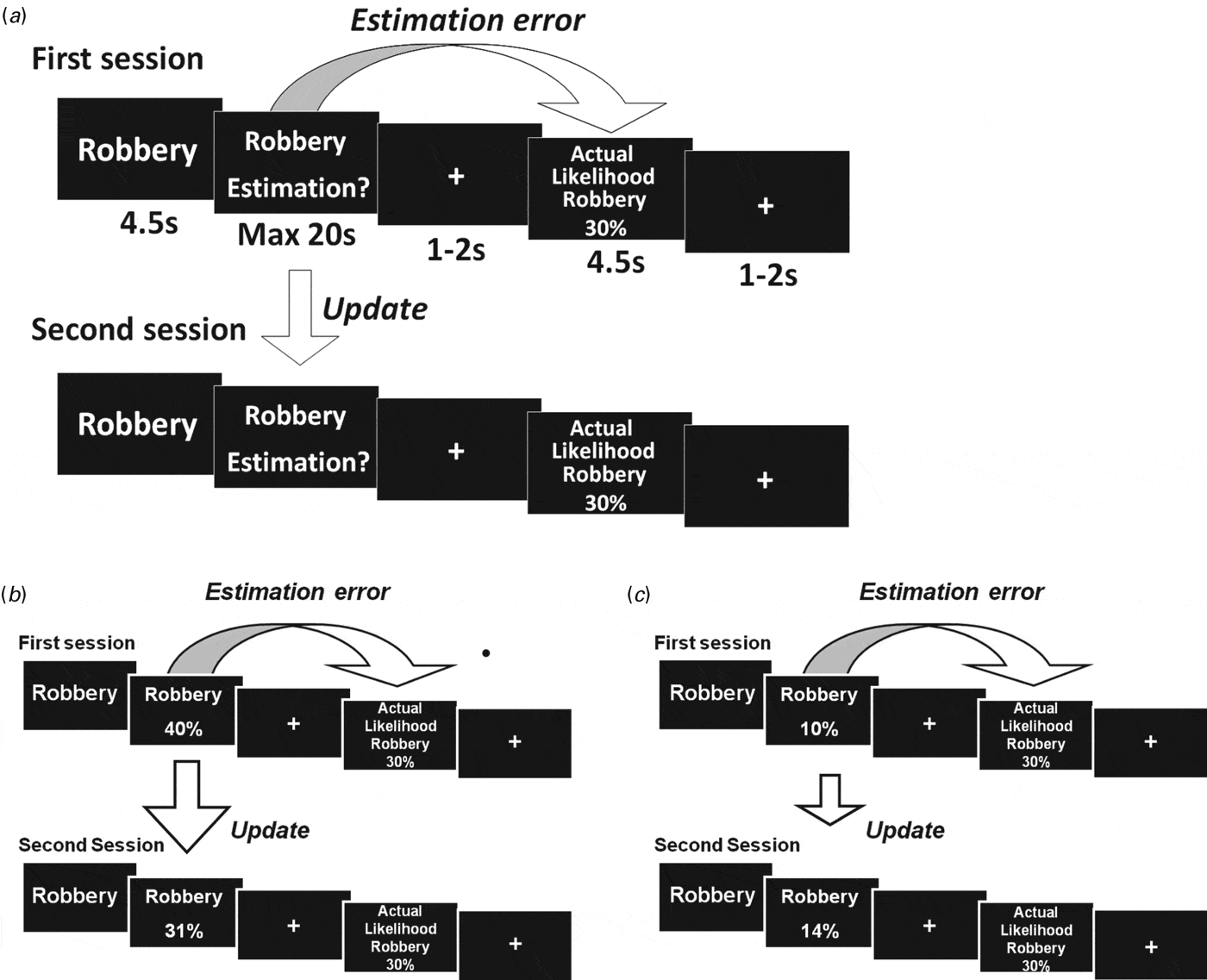

For Carver and Scheier ( 1982, 2012), optimism enters into self-regulation when people, despite anticipating obstacles to achieving certain goals, maintain the belief that they will be successful ( Armor and Taylor 1998 Scheier and Carver 1992). In the case of players of games of chance and gambling, the times they lost a game or a bet are very frequent, and the reasoning concerning the chances of winning should point to low probabilities. Furthermore, in the course of the life cycle, the emergence of adversities is practically inevitable, and the difficulty in overcoming them may lead individuals to pessimism ( Swann et al. Predictions based on the theory of social comparison ( Festinger 1954) would not give optimism its general character ( Carver and Scheier 2001 Mónico 2021). More intrinsically pessimistic players seem to recur to religiosity to anchor their positive expectations.Ĭonsidering that all areas of life are mediated by aims, the behavior of individuals is determined by the self-regulatory mechanisms adopted with a view to achieving them. In recurring players of games of chance and gambling, religious beliefs and attitudes predicted more optimism than pessimism, being more associated with extrinsic than intrinsic desirable events. Conclusions: Optimism is not a one-dimensional construct, should be analyzed considering the dichotomies of optimism/pessimism and intrinsic/extrinsic.

Inversely, religious beliefs and attitudes tend to predict more intrinsic pessimism in comparison with intrinsic optimism. Extrinsic desirable events, like winning the lottery, were more predicted by religious beliefs and attitudes in comparison with intrinsic desirable events. However, the distinction between intrinsic and extrinsic optimism has shown that the players anchor their optimism in different kinds of beliefs. The structural model showed an overall influence of religious beliefs and attitudes higher on optimism (R 2 = 44%) than on pessimism (R 2 = 5%). Results: Players are moderately religious and more optimistic than pessimistic, estimating a chance of 36% of highly unlikely desirable events. Method: The sample consists of 271 recurring players of games of chance and gambling, who answered a questionnaire composed of measures of religious beliefs and attitudes, optimism, pessimism, and estimates of future occurrences, evidencing good psychometric properties. Aims: To analyze the effect of religious beliefs and attitudes in optimism and pessimism dimensions in players of games of chance and gambling. Considering the classic literature of the effects of religiosity on risk behaviors, the issue of the influence of religiosity on optimism in players of games of chance has been less studied, especially when we considered optimism as a multidimensional concept comprising intrinsic and extrinsic optimism and pessimism. While those games depend more on luck than on individuals’ skills, optimism should be a distinctive feature. Games of chance usually make people feel a whirlwind of emotions, especially in gambling.


 0 kommentar(er)
0 kommentar(er)
